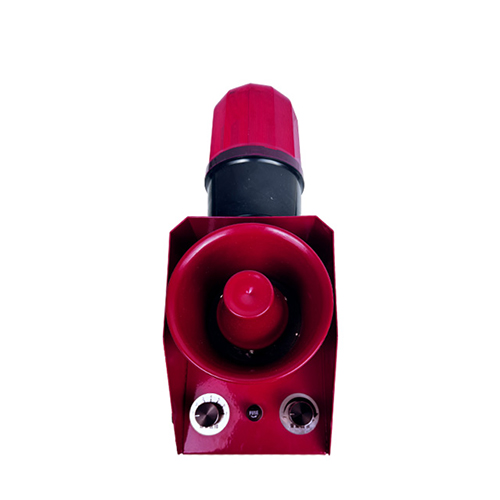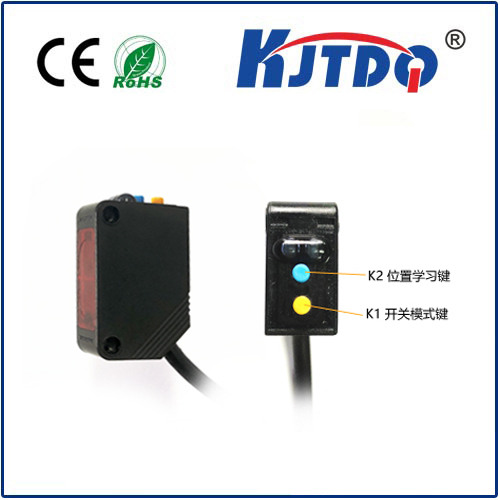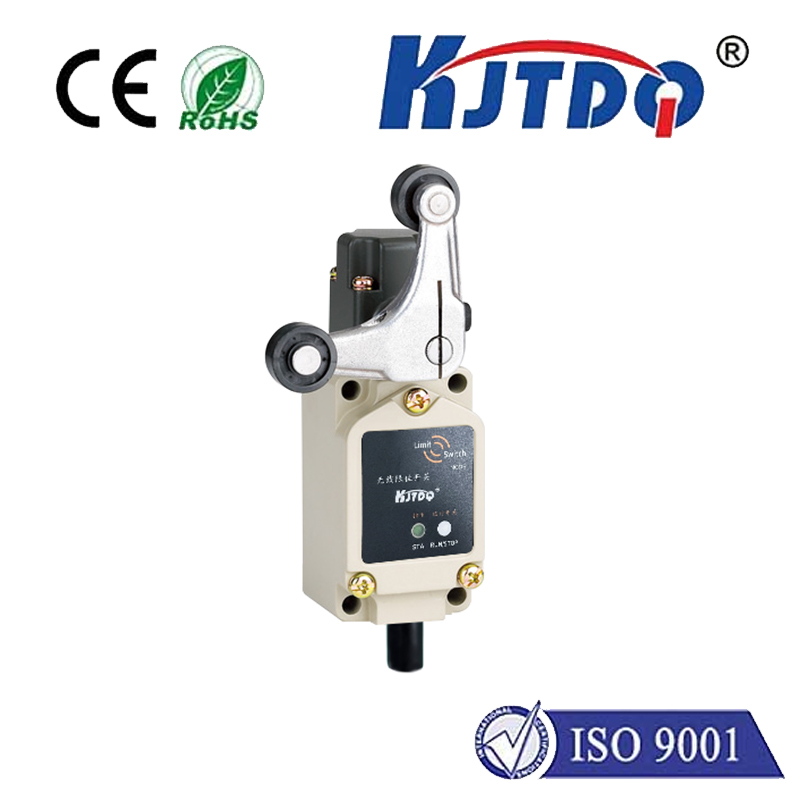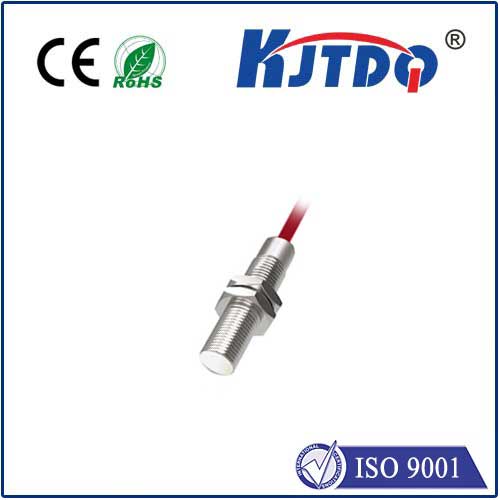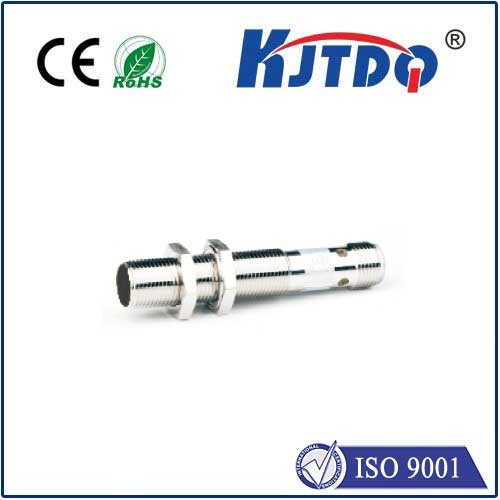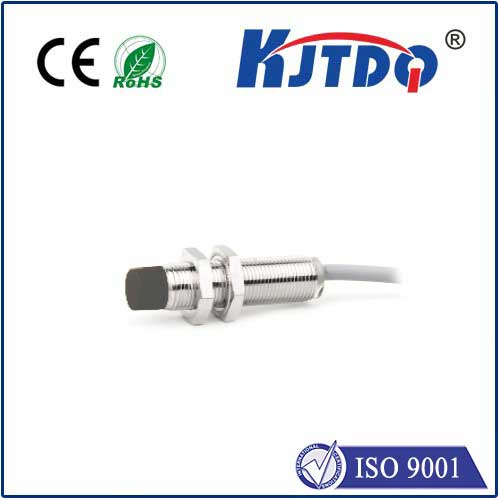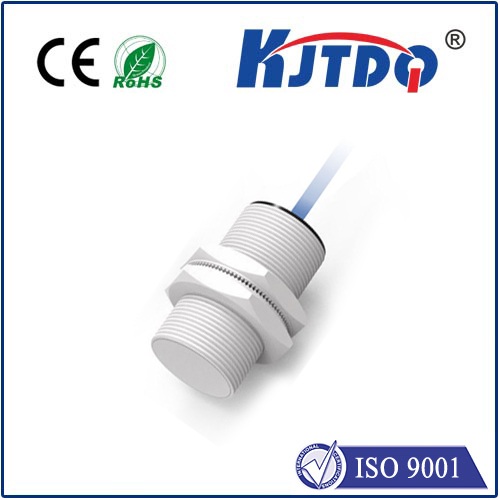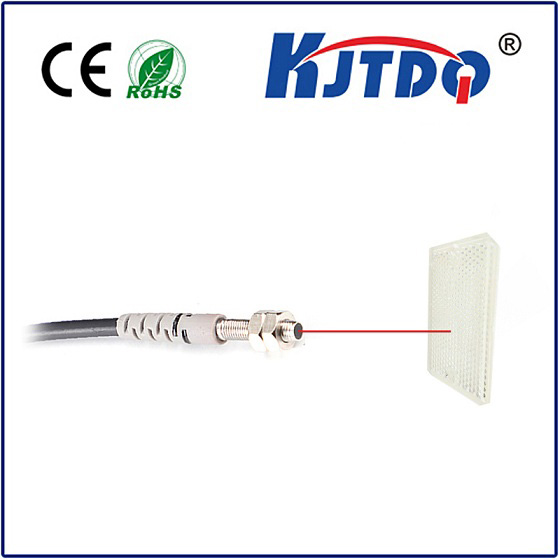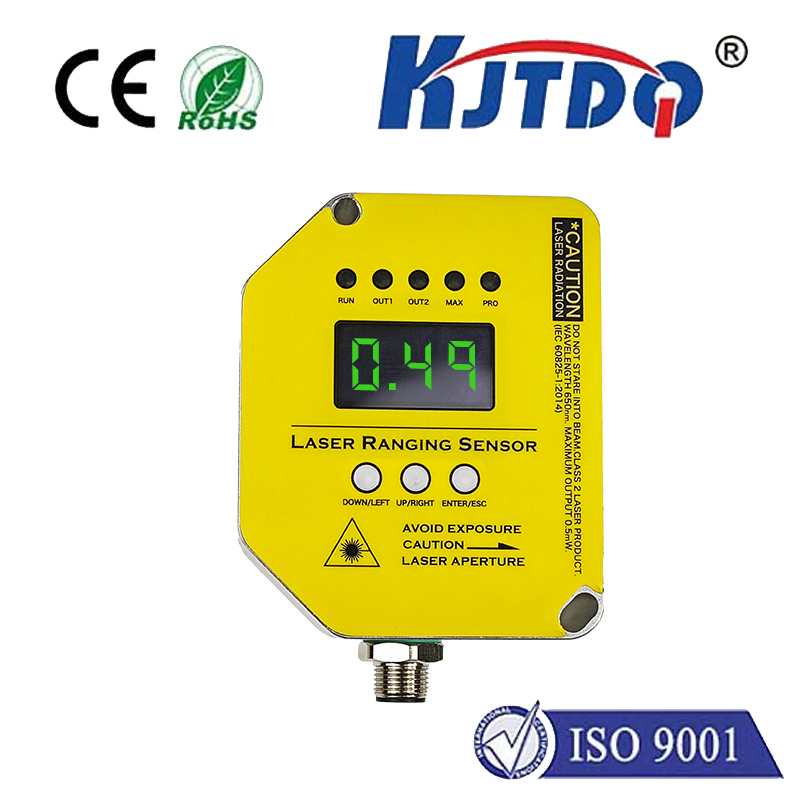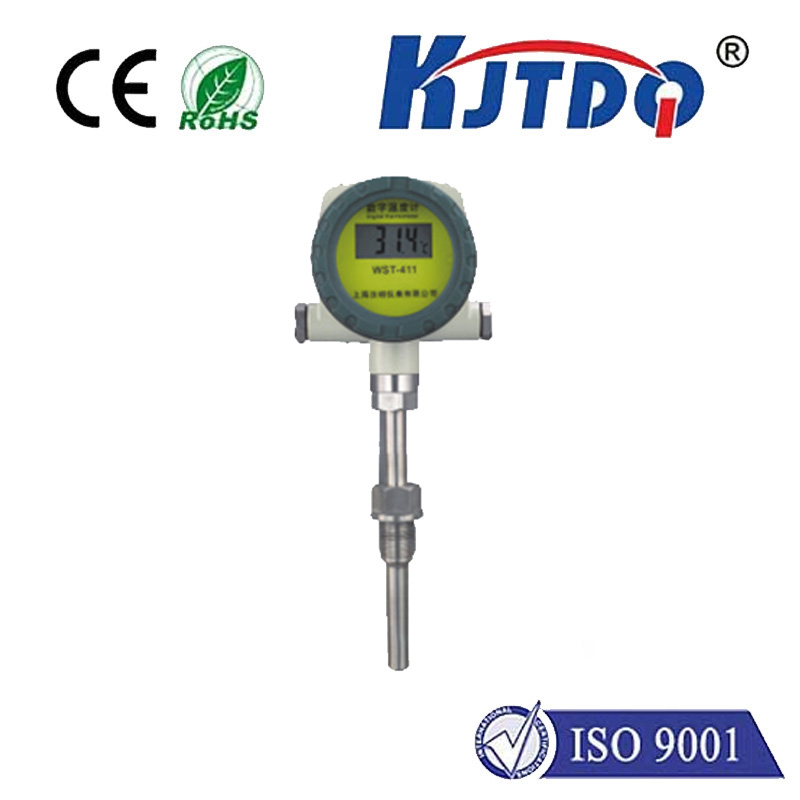proximity npn sensor
- time:2025-06-23 15:39:03
- Click:0
Proximity NPN Sensors: The Essential Guide to Operation and Applications
Modern automation thrives on sensing the unseen. Machines need to know if an object is present, positioned correctly, or has moved – often without any physical contact. This is where proximity sensors shine, acting as the silent sentinels of countless industrial and electronic systems. Among these, the proximity NPN sensor stands as one of the most fundamental and widely deployed types. Understanding how it functions and where it excels is crucial for engineers, technicians, and anyone involved in system design. This guide dives deep into the workings and applications of these indispensable components.
What Exactly is a Proximity NPN Sensor?
At its core, a proximity sensor detects the presence (or absence) of a nearby object within a specified range (its sensing distance), without needing physical touch. Proximity NPN sensors specifically belong to the category of inductive proximity sensors. They utilize an electromagnetic field generated by an internal coil to detect metallic objects – primarily ferrous metals like steel and iron, though some specialized types can detect non-ferrous metals.
The “NPN” designation is critical and refers to the type of transistor output used within the sensor’s switching circuit. An NPN transistor acts like an electronic switch. In the typical normally open (NO) configuration, the sensor’s output behaves as follows:

- No Target Present: The internal NPN transistor is OFF. Effectively, the sensor’s output wire (usually black or brown) acts as an open circuit. No current flows from the output to the sensor’s negative (0V) terminal.
- Target Detected: When a metallic object enters the sensing range, it disrupts the electromagnetic field. This change is detected by the sensor’s oscillator and conditioning circuits, triggering the NPN transistor to turn ON. The output wire now acts like a switch closing to ground (0V).
This behavior is termed a sinking output. The NPN sensor completes the circuit by providing a path to ground when active. It essentially “sinks” current from the connected load (like a PLC input, relay coil, or indicator lamp) that is connected to the positive supply voltage.
The Inner Workings: How Proximity NPN Sensors Detect
Understanding the fundamental operation demystifies these devices:
- Generating the Field: An internal oscillator circuit generates a high-frequency alternating current (AC) flowing through a coil housed in the sensor’s face. This coil creates a high-frequency oscillating electromagnetic field projecting outward from the sensing face.
- Target Interaction: When a metal object enters this field (within the nominal sensing distance, Sn), eddy currents are induced on the surface of the target. These eddy currents draw energy from the oscillator circuit.
- Energy Shift Detection: The energy loss caused by the eddy currents alters the amplitude (or sometimes the frequency) of the oscillator’s output. This change is detected by a threshold circuit.
- ️ Signal Conditioning & Switching: The detection circuit amplifies and conditions the signal change. This processed signal triggers the NPN output transistor to switch states.
- Output Response: As the NPN transistor switches, it changes the electrical state of the sensor’s output wire. In the common normally open (NO) NPN configuration:
- No target detected: Output = Open circuit (High impedance)
- Target detected: Output = Switched to ground (0V) (Low impedance)
Why Choose a Proximity NPN Sensor? Key Advantages
The widespread adoption of proximity NPN sensors stems from several compelling benefits:
- Non-Contact Operation: Eliminates wear and tear on both the sensor and the target object, leading to significantly longer operational lifespans compared to mechanical switches.
- High Reliability & Repeatability: Solid-state electronics ensure consistent switching points unaffected by mechanical bouncing or contact corrosion, providing exceptional reliability.
- Fast Switching Speeds: Capable of operating at very high frequencies (hundreds of Hz to kHz), making them ideal for high-speed counting, object detection on fast-moving conveyors, and timing applications.
- Robust Construction: Typically housed in rugged metal (stainless steel, brass) or durable plastic bodies, offering resistance to vibration, shock, moisture, and harsh industrial environments (with appropriate IP ratings). This robustness is vital for factory floors.
- Insensitivity to Surface Conditions: Unlike optical sensors, they aren’t fooled by dust, dirt, oil, or opaque targets (as long as the target is metallic).
- Simple Wiring & Integration: The sinking output (NPN) design integrates seamlessly with many common controllers like Programmable Logic Controllers (PLCs) that have sinking inputs designed to source current. Wiring is generally straightforward.
- Cost-Effectiveness: They offer a highly reliable, long-life sensing solution at a relatively low cost per unit.
Where Proximity NPN Sensors Make a Difference: Key Applications
The inherent benefits of proximity NPN sensors make them ubiquitous across numerous sectors:
- Industrial Automation & Machinery: Machine guarding (position interlocks), position sensing of cylinders, end-of-travel detection for actuators, presence/absence verification of parts on pallets or conveyors, rotary indexing tables (position detection), robotic arm position feedback, fill level detection in metal containers, and high-speed counting of metal parts.
- Automotive Manufacturing: Detecting the position of robotic arms, ensuring proper fixture clamping, verifying component (like engine blocks, chassis parts) placement on assembly lines, and fluid level detection in metal reservoirs.
- Packaging Machinery: Detecting metal components on packaging equipment, verifying cap presence on bottles, position sensing of cutting blades or sealing heads, and registration mark detection (on metallic substrates).
- Material Handling: Monitoring position in automated storage and retrieval systems (AS/RS), detecting the presence of pallets or metal containers, and controlling conveyor belt operation based on object detection.
- Security Systems: Detecting unauthorized opening of metal doors or hatches (as a tamper switch).
- Consumer Electronics: Found internally in some appliances for position sensing (e.g., washing machine drum position).
Important Considerations for Selection and Use
Effectively deploying proximity NPN sensors requires attention to several factors:
- Sensing Distance (Sn): The nominal operating distance specified for a standard target (usually mild steel). Actual sensing distance can vary with target material, size, and shape. Always refer to the datasheet.
- Target Material: Primarily designed for ferrous metals (iron, steel). Sensing distance for non-ferrous metals (aluminum, brass, copper) is significantly reduced. Factor reduction values are provided in datasheets. For non-ferrous targets, consider specific “non-ferrous metal” proximity sensors.
- **Output






